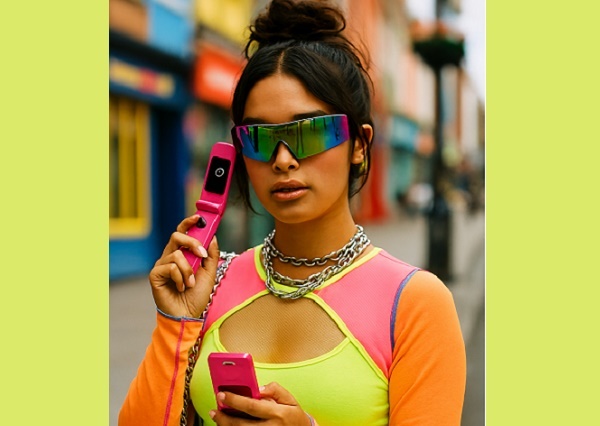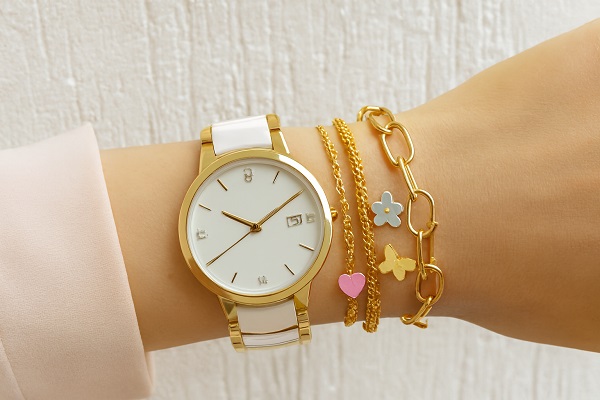Wearable Tech: The Future of Fashion and Function

Fashion and technology are no longer parallel industries; they are intertwined in ways that are revolutionizing how we perceive and interact with clothing. The rise of wearable tech, smart textiles, and innovations in sustainable manufacturing processes marks the dawn of a new era in the fashion world. Here’s an in-depth exploration of how technology is reshaping the future of fashion.
1. The Evolution of Wearable Tech
Wearable technology has come a long way from simple fitness trackers to sophisticated garments that enhance both style and functionality. Smartwatches like the Apple Watch and Google Pixel Watch have popularized the trend, offering features like fitness monitoring, navigation, and smartphone integration. Beyond these accessories, tech-infused garments such as jackets with built-in heating systems and shoes with GPS tracking are paving the way for a future where clothing becomes an extension of our digital lives.
2. Smart Textiles and Their Applications
Smart textiles, also known as e-textiles, are fabrics embedded with digital components like sensors, LEDs, or conductive fibers. These innovations allow clothing to perform unique functions, such as:
Health Monitoring: Smart shirts with embedded sensors can track heart rates, respiration, and stress levels, providing real-time data to wearers and medical professionals.
Adaptive Clothing: Jackets and sportswear with climate-adaptive fabrics adjust to temperature changes, ensuring optimal comfort in any environment.
Interactive Fashion: LED-infused dresses and T-shirts that display digital patterns or animations, allowing wearers to express themselves in dynamic ways.
3. Sustainability Meets Technology
One of the most critical challenges in the fashion industry is sustainability. Technology is addressing this through:
3D Printing: Designers like Iris van Herpen have embraced 3D printing to create intricate garments with minimal waste.
Digital Sampling: Virtual clothing prototypes reduce the need for physical samples, cutting down on material waste.
Blockchain for Transparency: Blockchain technology ensures supply chain transparency, allowing consumers to track the origins and sustainability of their purchases.
4. The Role of Artificial Intelligence
AI is revolutionizing every aspect of the fashion industry, from design to retail:
Trend Forecasting: AI algorithms analyze consumer behavior and social media trends to predict upcoming fashion demands.
Personalized Shopping: Virtual stylists powered by AI recommend clothing based on individual preferences and body types.
Smart Mirrors: Interactive mirrors in stores let shoppers try on virtual outfits, offering a futuristic, contactless shopping experience.
5. Challenges and the Way Forward
While the integration of technology in fashion is exciting, it also comes with challenges. Cost remains a significant barrier, making wearable tech inaccessible to many. Additionally, the durability of tech-infused clothing is often questioned, as washing and wear can degrade the embedded components.
However, as technology continues to advance, we can expect wearable tech to become more affordable, durable, and mainstream. The future of fashion lies at the intersection of creativity and innovation, promising a world where garments are not only stylish but also smart.
Conclusion
Wearable tech is more than a trend; it is a revolution that combines aesthetics with practicality. From health-monitoring garments to sustainable manufacturing processes, technology is redefining what it means to dress in the 21st century. As the line between fashion and function continues to blur, the possibilities are endless.






















